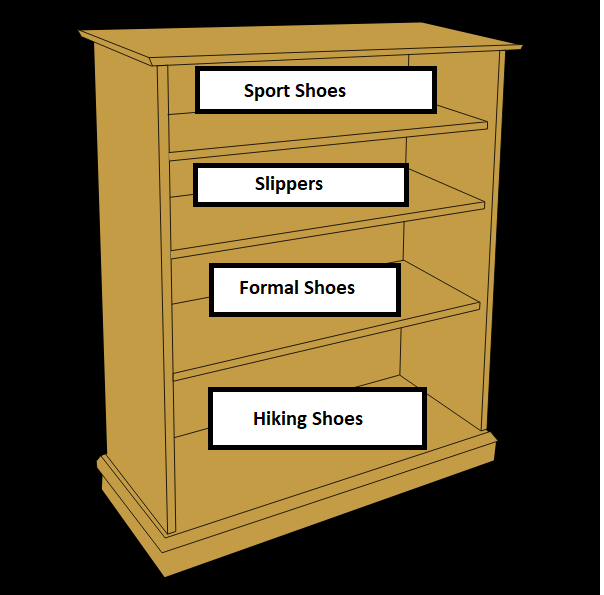One of our clients had to move to a different domain, and since we’ve been optimizing their old domain, they’re worried that it’d impact their traffic and all the work done on their previous site.
To avoid that from happening, we used our two-step method to ensure we keep the traffic and allow the new domain to grow.
After the site migration was completed, the new domain begin growing, and by the end of the year, the new domain had increased its traffic by 331%.
Here are the two important steps we took.
1. “Drawers & Shelves” Structuring
Deciding what type of content goes where and structuring out the new domain before the site migration.
So if you have a website about shoes, it’d look something like this:

Your domain structure will look something like this:
| /sport-shoes/ | All your sports shoe-related content will be parked here. EG: /sport-shoes/nike |
| /slippers/ | All your slipper-related content will be parked here. EG: /slippers/crocs |
| /formal-shoes/ | All your formal shoes-related content will be parked here. EG: /formal-shoes/prada |
| /hiking-shoes/ | All your hiking shoe-related content will be parked here. EG: /hiking-shoes/salomon-x |
2. Existing Equity Management
If you have had a site for more than 3 months, chances are you already have some kind of traffic or links coming to your site.
To not lose that equity, make sure you manage the pages that are getting those equities by either keeping them OR redirecting them to another page.
For example:
| /page-a/ | Has traffic | If page is no longer required: Redirect to another page If page is still required: Keep |
| /page-b/ | Has links | If page is no longer required: Redirect to another page If page is still required: Keep |
| /page-d/ | Has no traffic and no links | If page is no longer required: remove |
Results
331% Increase in organic traffic after the site migration.

Objective accomplished.
Happy client, happy us.




